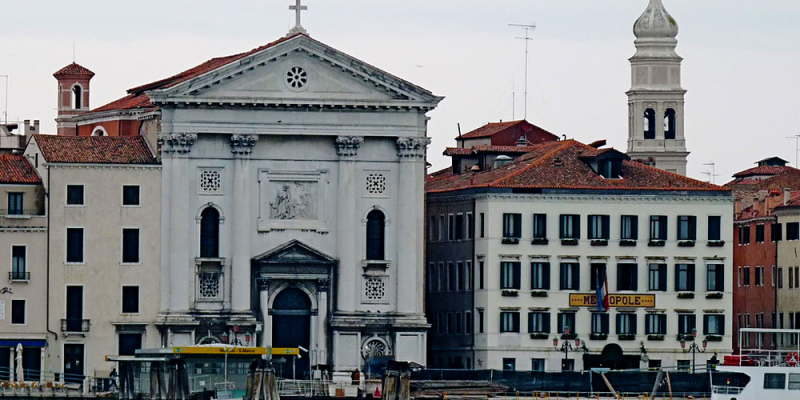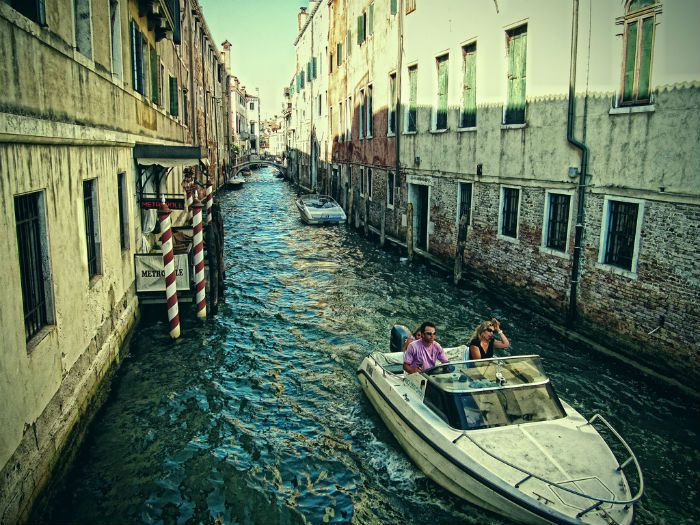Antonio Vivaldi worked as a resident musician in a Catholic orphanage for the most of his career.
The building in Venice that is today known as the Metropole has a long history. It had been constructed as a type of Crusader hostel by the time Vivaldi lived there, and it had been used as an orphanage, monastery, hospital, and concert hall before being converted into the Ospedale Della Pietá. Not the first or the last priest to serve as its director of music, Vivaldi was perhaps the most well-known. Here, Antonio Vivaldi worked as a resident musician in a Catholic orphanage for the most of his career, he oversaw the women's choir, which had sixty members and performed admirably even though it was hidden from the audience since the concept of women performing in public in any visible capacity was considered inappropriately sexual by the lurid and patriarchal standards of the day.
From 1703 (the year he released his first piece) through 1740, Antonio Vivaldi worked infrequently and in a variety of positions (the year before his death). Many of his works were created specifically for the all-female music group at the Ospedale Della Pietà, a shelter for orphans. From 1703 to 1715 and from 1723 to 1740, Vivaldi served as a Catholic priest for 18 months. He saw all of Europe, but the Ospedale Della Pietá served as his home just as much as it did for the nuns and orphans who resided there.












